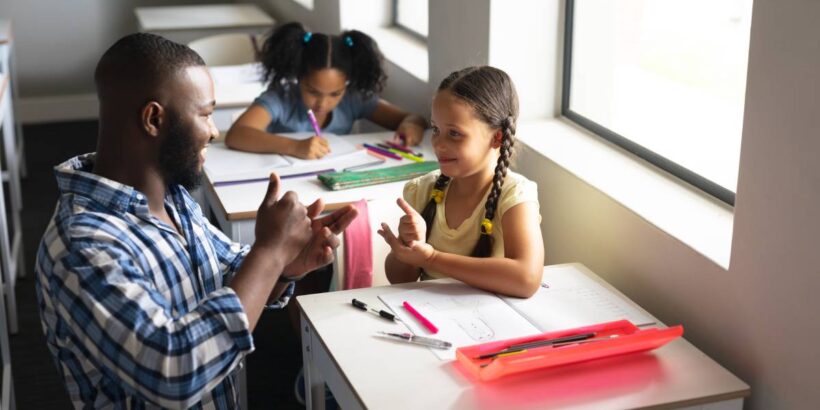Every choice you make about your classroom environment ripples into your students’ adult lives. The desk they sit at, the light that fills the room, and the atmosphere you create don’t just affect today’s lesson. They shape habits, skills, and perspectives that students carry for decades.
You hold remarkable power to influence not just what students learn, but how they approach work, relationships, and wellness throughout their lives. Small changes to your physical space and teaching approach can set students up for success in ways that extend far beyond graduation day.
Ergonomic Classroom Furniture
Ergonomics are important for a student’s desks and chairs because they prevent the development of chronic pain and repetitive strain injuries that plague many adults.
Students who experience proper ergonomic support learn to recognize when furniture doesn’t serve their bodies well. They develop awareness about posture, desk height, and the importance of movement throughout the day. These lessons prove invaluable when they enter offices where back pain and neck strain cause millions of lost work hours annually.
Consider investing in height-adjustable desks or providing footrests for shorter students. Simple changes like allowing students to stand while working or providing stability balls as seating options teach them that comfort and productivity go hand in hand.
Sunlight Streaming Through Windows
Lighting choices are another part of a classroom that can affect students later in life. Students exposed to adequate natural light during school hours develop stronger internal clocks. They learn to associate bright light with alertness and productivity, which helps them maintain energy during work hours as adults.
Open blinds during the day and position desks near windows when possible. If natural light remains limited, consider full-spectrum lighting that mimics sunlight. These adjustments help students maintain the circadian rhythms essential for mental health and cognitive performance.
Supportive Social Atmosphere
Students who experience genuine acceptance and support learn to extend those same qualities to others. They develop conflict resolution skills, emotional regulation, and the ability to work effectively with diverse groups of people. These social-emotional competencies predict career success more reliably than academic achievement alone.
Model respectful communication and create opportunities for students to support one another. Establish clear expectations for kindness and implement restorative practices when conflicts arise.
Flexible Learning Spaces
Just as social skills transfer to adult relationships, adaptable classroom environments prepare students for dynamic work environments. When you create spaces that accommodate different learning activities and styles, you develop students’ ability to thrive in varied settings and think creatively about problem-solving.
Flexible classrooms teach students that effective work happens in many different configurations. Some tasks require quiet focus, others benefit from collaboration, and some demand movement and hands-on engagement.
Rearrange desks regularly to support different activities. Create quiet corners for independent work and open areas for group projects.
Exposure to Diverse Career Paths
Students benefit from seeing how their current learning applies to real careers. Invite professionals from diverse fields to share their work, connect lessons to various industries, and highlight the skills that different jobs require. This exposure prevents students from limiting their options based on narrow stereotypes or limited information.
Challenge assumptions about who can pursue different careers and emphasize the skills that transfer across fields. Help students see themselves in roles they might not have considered and provide concrete steps for exploring their interests further.
Transform Lives Through Your Impact on Education
These are some examples of the parts of a classroom that can affect students later in life. Start with one change this week. Adjust the lighting, rearrange the furniture, or invite a professional to share their career journey. Your students will carry these experiences into their futures.
